A dental filling is a treatment to treat a cavity that your dentist removes the decayed portion of the tooth and then fill the area on the tooth where the decayed material once lived. If the decayed tooth is not treated, you may lose it. The cavities that are not treated timely with dental filling may pass through the enamel and dentin and reach the nerves and require root canal treatment. That is why it is always beneficial to take measures. But dental fillings are also used to repair cracked or broken teeth.
How can you know if you have a decayed tooth?
Although the easiest way to feel caries is known as pain, decay begins in the enamel layer and does not cause pain. When decay gets larger and starts to affect the dentin layer, it starts to cause pain. In particular, certain stimuli (such as hot, cold food and beverages) increase the pain. As the caries get affect deeper, the pain increases and you need root canal treatment. There are some signs that can help you to figure out if you have a cavity. Brown, black or white staining on any surface of a tooth can all be indications of a cavity. However, it is more difficult to see caries especially between teeth. They are diagnosed by painted liquids or radiographic methods.
What steps are involved in filling a tooth?
First of all, the dentist will numb the area around the tooth with local anaesthetic. Then, a drill and special instruments will be used to remove the decay. And then your dentist will prepare the space for the filling by shaping. He / she also can use laser to remove the decay. Patients who fear the sound of dental instruments prefer this method. Preparation of the filling depends on the filling material to be used. Today, 3 dental filling materials are available.
- Amalgam (silver) filings
- Composite (plastic) fillings
- Porcelain fillings
After a dental filling
If your dentist has numbed the decayed area, you should not eat anything for 1-2 hours. Numbness in the jaw and cheeks can cause injury due to biting. You should stay away from very hard food on the first day. It is common to experience sensitivity to air and to cold or hot food (or drink). If the sensitivity does not go away after two weeks, please contact your dentist office. Although not very common, some patients may experience pain after a dental filling. It may be because the dental filling itself could be too high. If you experience pain in the teeth beside their tooth that received the filling, consult your dentist. He / she will determine the reason of the problem and develop a treatment method. You may also notice that there are some sharp edges that need to be smoothed out. Contact your dentist for a quick follow up. After filling, you should pay attention to the following:
- Avoid hot or cold drinks and cold.
- Avoid any hard, chewy, or sticky foods.
- Do not put too much pressure on filling while eating in the first week.
- Use an antibacterial mouthwash or gargle with saltwater.
- Do not forget to brush your teeth 2 times a day.
Temporary dental filling
If you had a root canal, or if you’re waiting for a gold filling or crown to be made for a problem tooth, your dentist may place a temporary dental filling. Temporary fillings are not as strong and protective as the permanent ones. So they should not be used for too long because they can break or even cause loss of teeth.
A dental filling falling out and getting it replaced
Why dental fillings fall out?
- Some of the reasons why a dental filling falling out include:
- Eating hard or sticky foods that may loosen the filling.
If the saliva remains between the tooth and the filling, it may cause the filling to fall out.
Dental fillings wear out over time. They can become stained, discoloured or become more yellow with time. In fact, the life of a filling is between 5-10 years. However, this period may be prolonged or shortened due to factors such as the condition of the tooth, the structure of the filling, and the pressure applied by biting. Chewing hard foods, teeth grinding behaviour leads to cracking and leaks in the filling. If you don’t pay sufficient attention to oral care, a new decay may occur on the filled tooth. In all such cases, your dentist will replace the filling.
How to care for your dental fillings?
Fillings are not protective against new decays. Flossing, brushing with fluoride toothpaste, and using an antibacterial mouthwash are very important. Caring for your fillings also requires regular visits to your dentist.

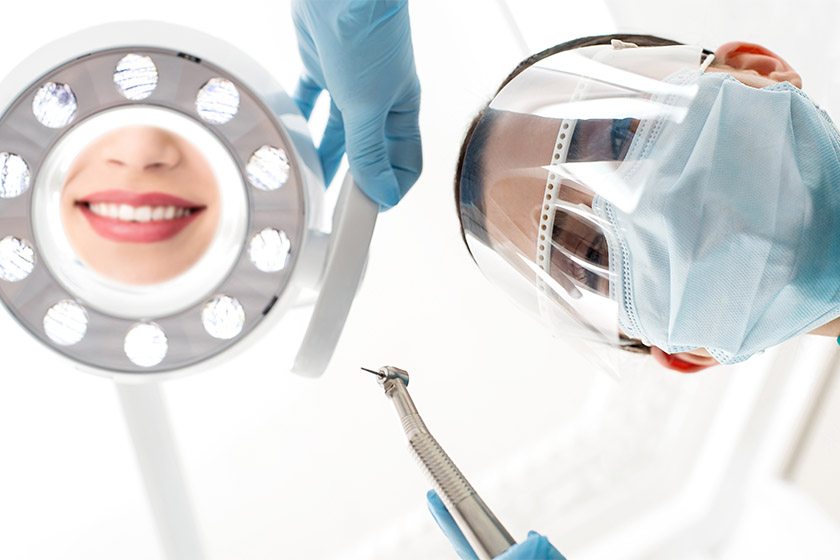
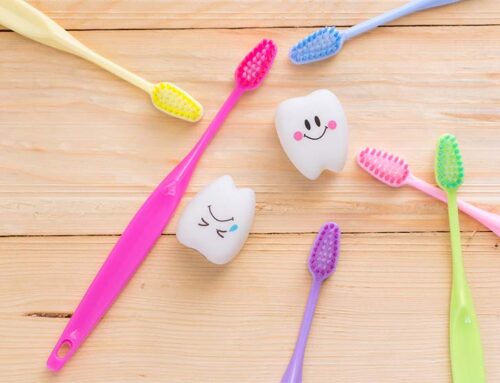
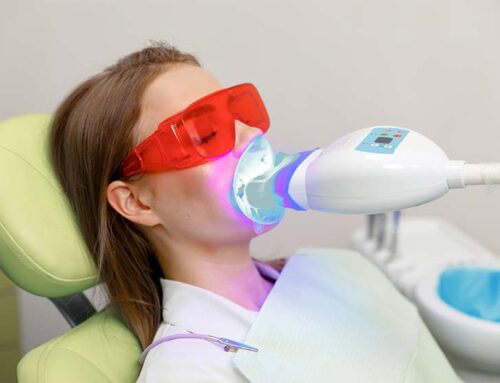
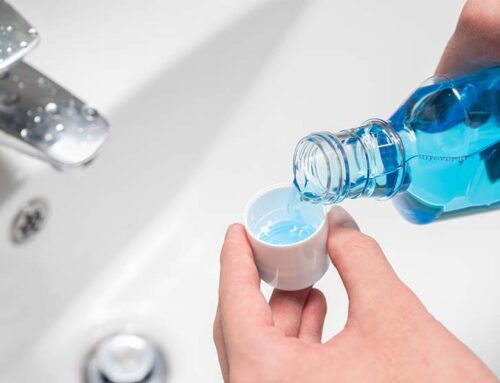
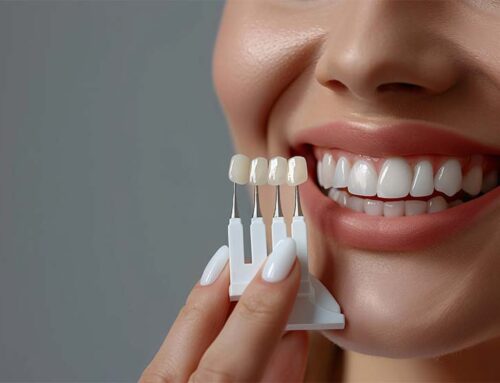
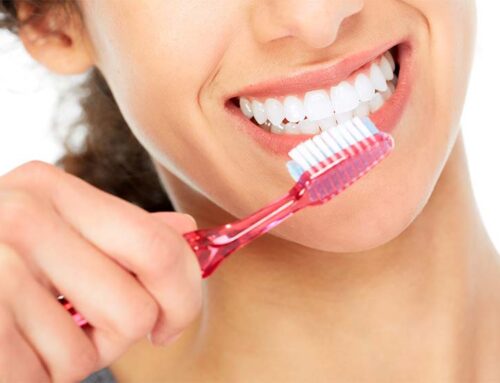
Leave A Comment